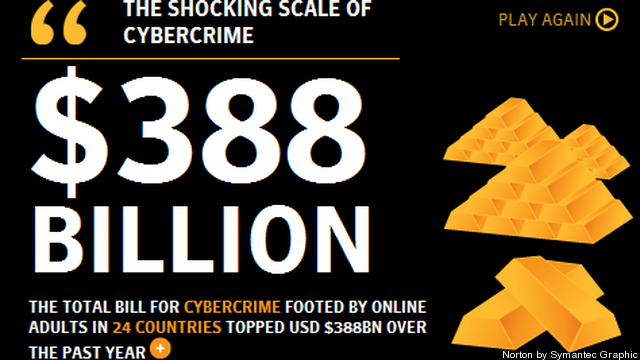 The big news reverberating through cybersecurity circles last week, reported by the New York Times, that the U.S. was behind the Stuxnet cyber attack on Iranian nuclear enrichments back in 2010 has set off a new firestorm of concern about the likelihood of retaliation.
The big news reverberating through cybersecurity circles last week, reported by the New York Times, that the U.S. was behind the Stuxnet cyber attack on Iranian nuclear enrichments back in 2010 has set off a new firestorm of concern about the likelihood of retaliation.
The news report was based on information provided by “unnamed participants in the program.” In the article it states that the information in the piece was called an “account of the American and Israeli effort to undermine the Iranian nuclear program is based on interviews over the past 18 months with current and former American, European and Israeli officials involved in the program, as well as a range of outside experts.” Keep reading →
 In a move that suggests the incendiary impact of malicious software, Iran has now publicly threatened the United States over the
In a move that suggests the incendiary impact of malicious software, Iran has now publicly threatened the United States over the  It happened again. A number of countries have been hit by what has been called the most sophisticated piece of malware seen to date.
It happened again. A number of countries have been hit by what has been called the most sophisticated piece of malware seen to date. It appears that all the expert
It appears that all the expert  As discussed in
As discussed in 
 COMMENTARY:
COMMENTARY: A recently released report provides a glimpse into the true economic impact of the cyber crime wave that has been going on for years.
A recently released report provides a glimpse into the true economic impact of the cyber crime wave that has been going on for years. COMMENTARY:
COMMENTARY: